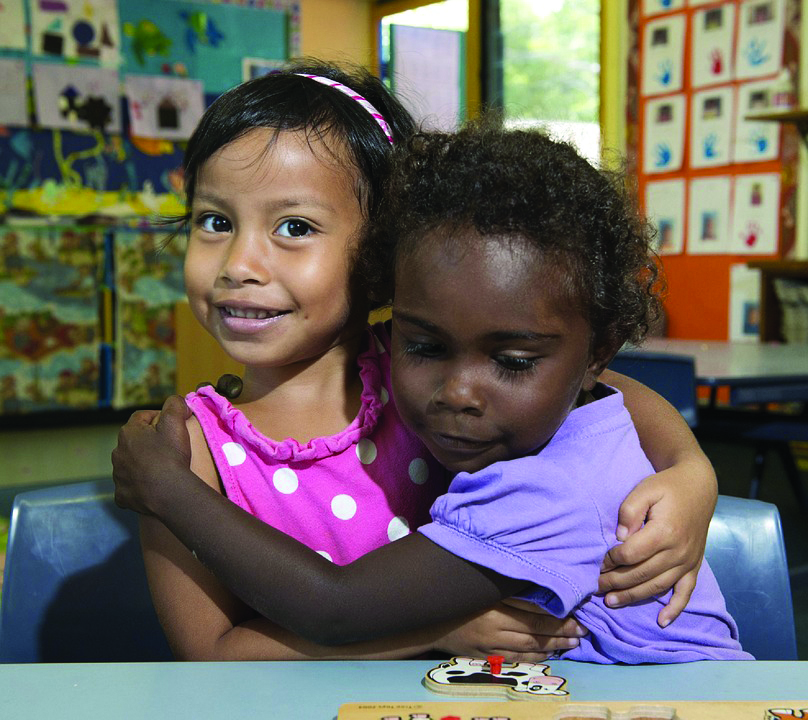The gap between Indigenous and non-Indigenous children became non-significant in 2016, with vaccination coverage rates up to around 90%
The disparities in vaccination coverage have all but disappeared between Indigenous and non-Indigenous children in New South Wales, with the credit going to a dedicated program funded by the state government.
The proportion of fully vaccinated Indigenous children increased by about 10% across three age groups between 2008 and 2016.
The gap between Indigenous and non-Indigenous children became non-significant for the first time in 2016, with vaccination coverage rates up to around 90% for Indigenous children.
The greatest gains were seen in the 51-month old group, where the difference between Indigenous and non-Indigenous vaccination coverage declined from 8.5% during 2008-2011 to 0.6% during 2012-2016.
The NSW government has put $1.3 million into its Aboriginal Immunisation Healthcare Worker program every year since 2012.
The program funds 13 full-time positions for the promotion of vaccination within local communities, with most of the staff being Indigenous workers.
The main activities are contacting parents of Indigenous children before scheduled vaccinations, following up with Indigenous children recorded as not being up to date with vaccinations and improving Indigenous identification.
“[Our results suggest] that the commitment of significant resources to a dedicated program … may help overcome barriers to timely vaccination and have a marked impact on closing the vaccination coverage gap,” Dr Alexandra Hendry (PhD), the first author of an MJA paper on the program, said.


